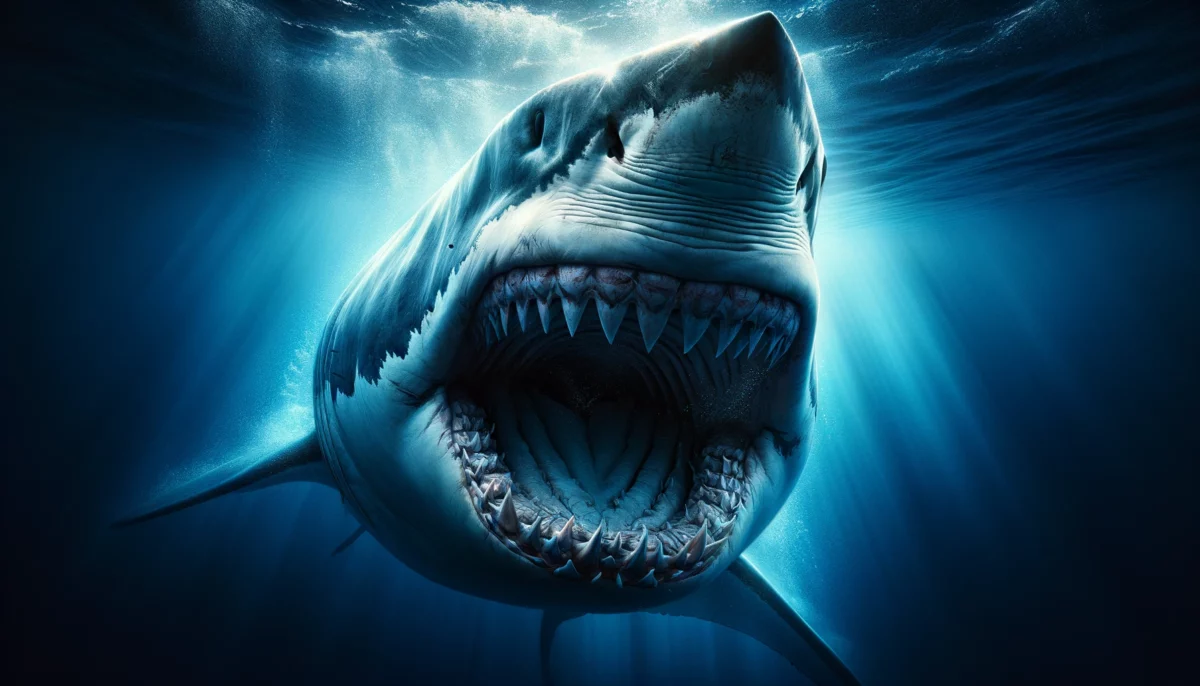Great white sharks captivate us with their power and mystery. They glide through the ocean, commanding respect. These creatures are not just about fear; they symbolize the wild, untamed essence of the sea.
A Glimpse into Great Whites
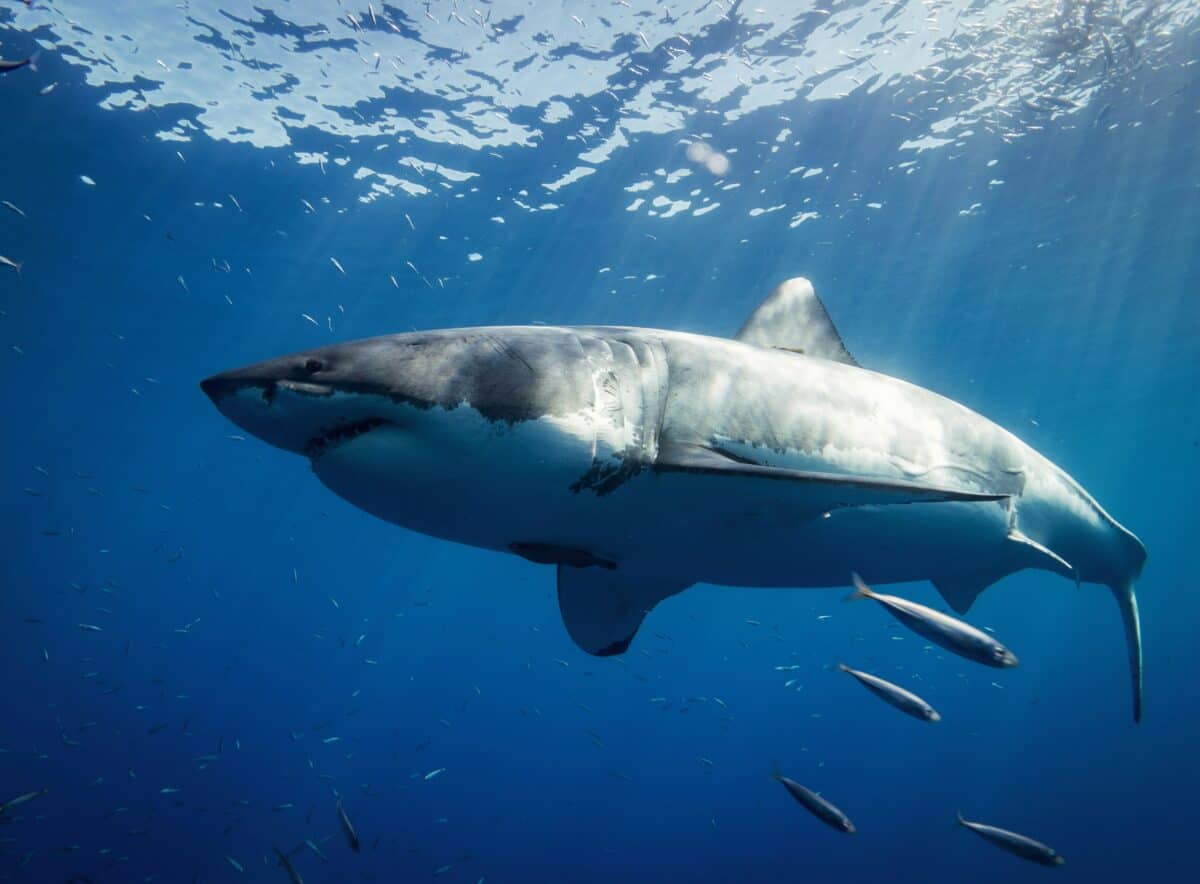
Great whites are the largest predatory fish on Earth. They can reach lengths of up to 20 feet, though most are smaller.
Their torpedo-shaped bodies and powerful tails allow them to swim swiftly, reaching speeds of over 15 miles per hour.
These sharks are not just brawn; they have highly developed senses that help them track their prey with incredible accuracy.
The Diet of a Hunter
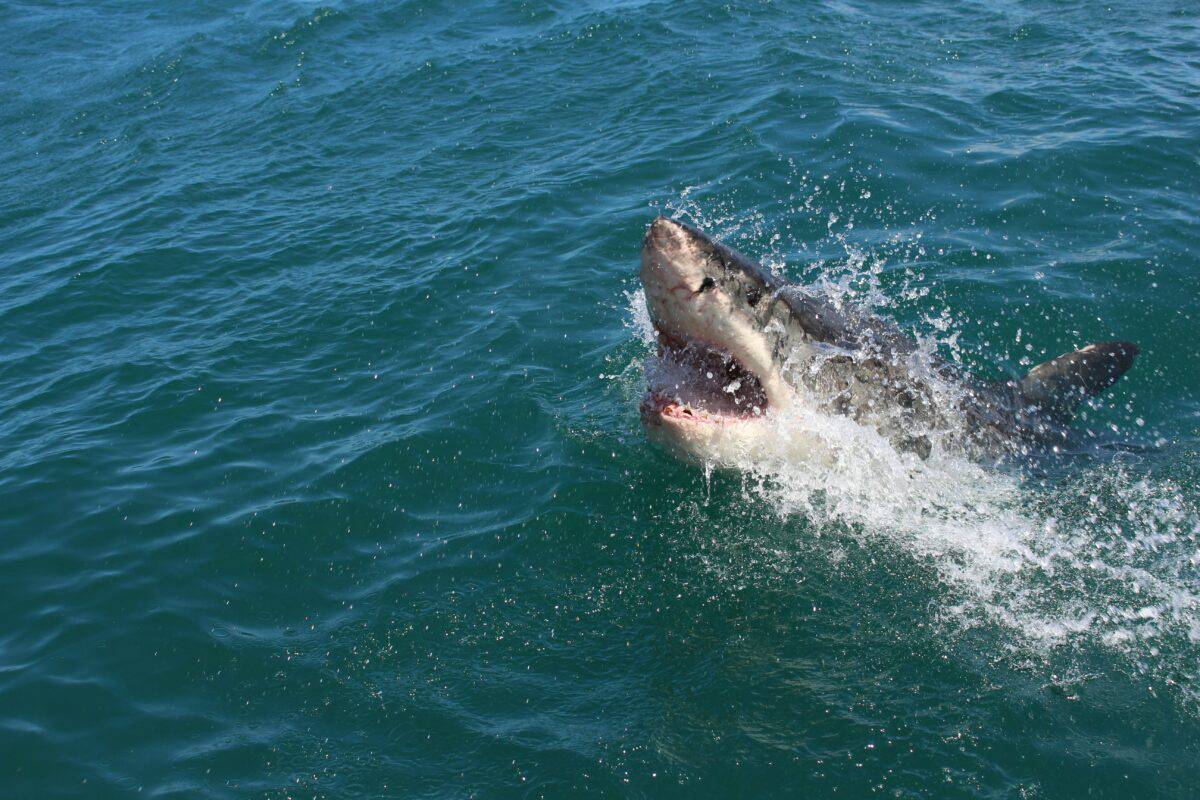
Great white sharks have a varied diet. They feast on fish, seals, and even dolphins.
Their hunting technique is as fascinating as it is terrifying. They attack from below, delivering a powerful bite with their large, serrated teeth.
After the initial bite, they wait for their prey to weaken, showcasing their strategic nature.
Social Creatures of the Deep
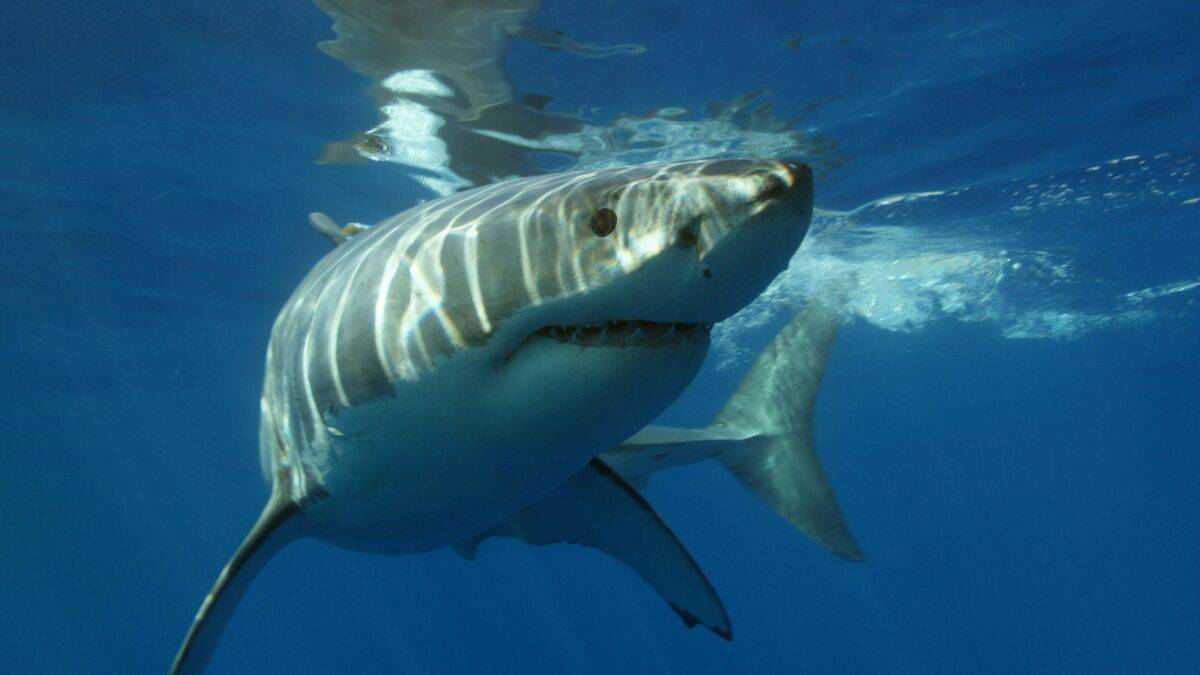
Despite their solitary image, great whites can be quite social. They communicate through body language, such as swimming patterns and fin positions.
This social behavior is especially evident during feeding, where they sometimes share their catch with others. It’s a complex social structure that we’re only beginning to understand.
The Science Behind Their Bite
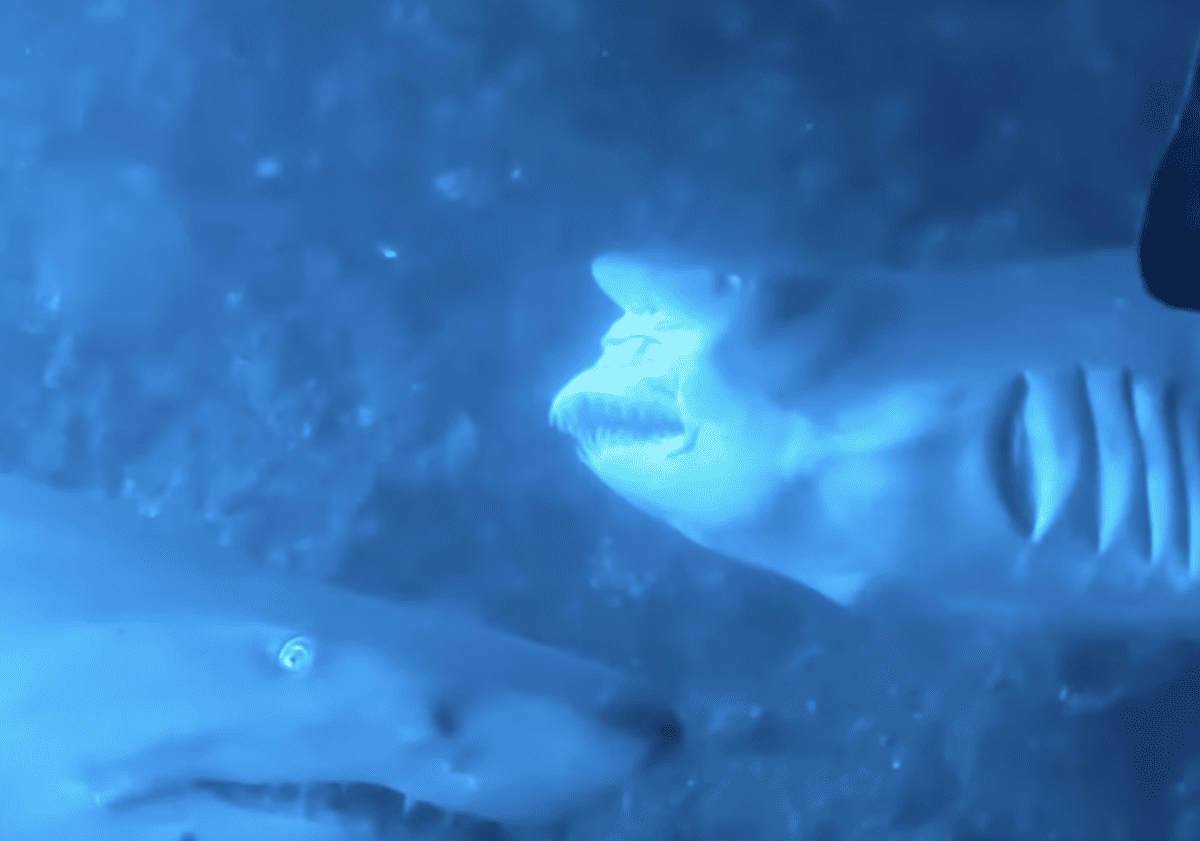
Great white sharks have an extraordinary feature: a movable jaw. This allows them to extend their bite beyond the fixed reach of other predators.
When attacking, their jaw protrudes, giving them a better grip on their prey. This remarkable mechanism is a testament to their evolution as apex predators.
Conservation Efforts
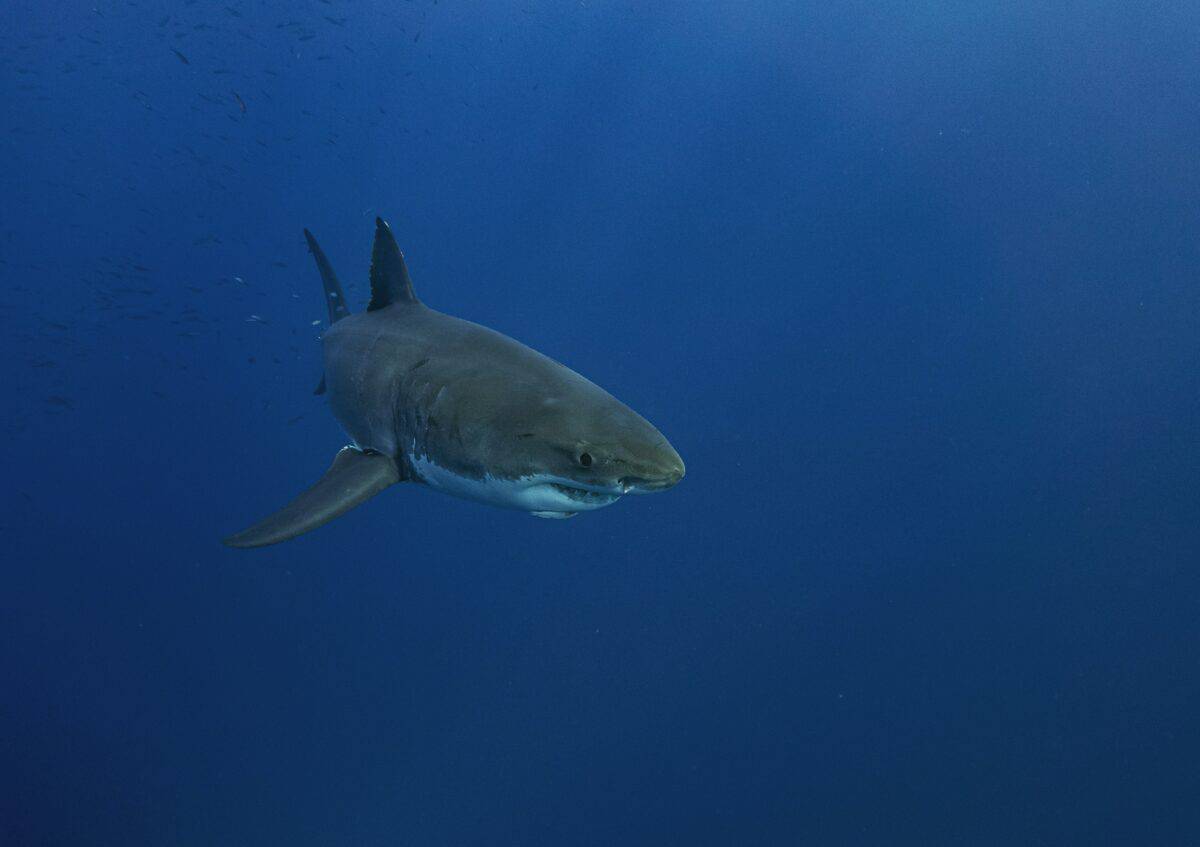
Great white sharks are vulnerable. Overfishing and accidental catches pose significant threats. Thankfully, conservation efforts are underway globally.
These include protected areas and regulations on fishing practices. By understanding these magnificent creatures better, we can appreciate the importance of their role in the marine ecosystem.
Conclusion
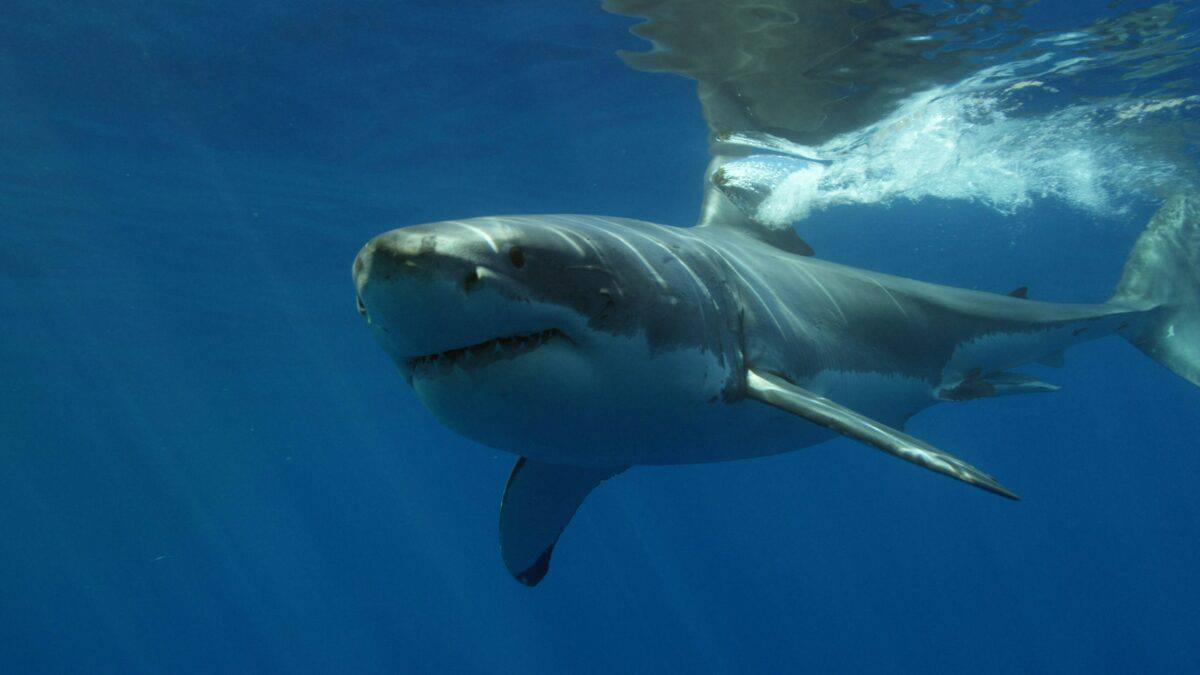
A video circulating on social media brings the great white shark’s feeding mechanism to life. It shows the jaw in action, moving forward to capture prey.
This visual marvel highlights the complexity and efficiency of their design.
It’s a reminder of nature’s ingenuity and the importance of preserving these magnificent creatures for future generations.
Great white sharks are more than just predators.
They are integral to the ocean’s balance and deserve our respect and protection.
Through education and conservation, we can ensure these majestic animals continue to thrive in their natural habitat.
To Read more stories like this, check out the articles below:
- Watch the First Ever Footage of a Newborn Great White Shark off the Coast of California
- Raw Video Shows Great White Shark Breaking Into Shark Cage
- Watch: The Largest Great White Shark Breach Ever Recorded
Join our Forum for free today!

- Brown Bear Approaches And Wiggles His Foot - July 22, 2024
- Mountain Biker Has An Extremely Close-up Encounter With a Wild Giraffe - July 22, 2024
- Eagle Flies Into a Moving Car - July 21, 2024

